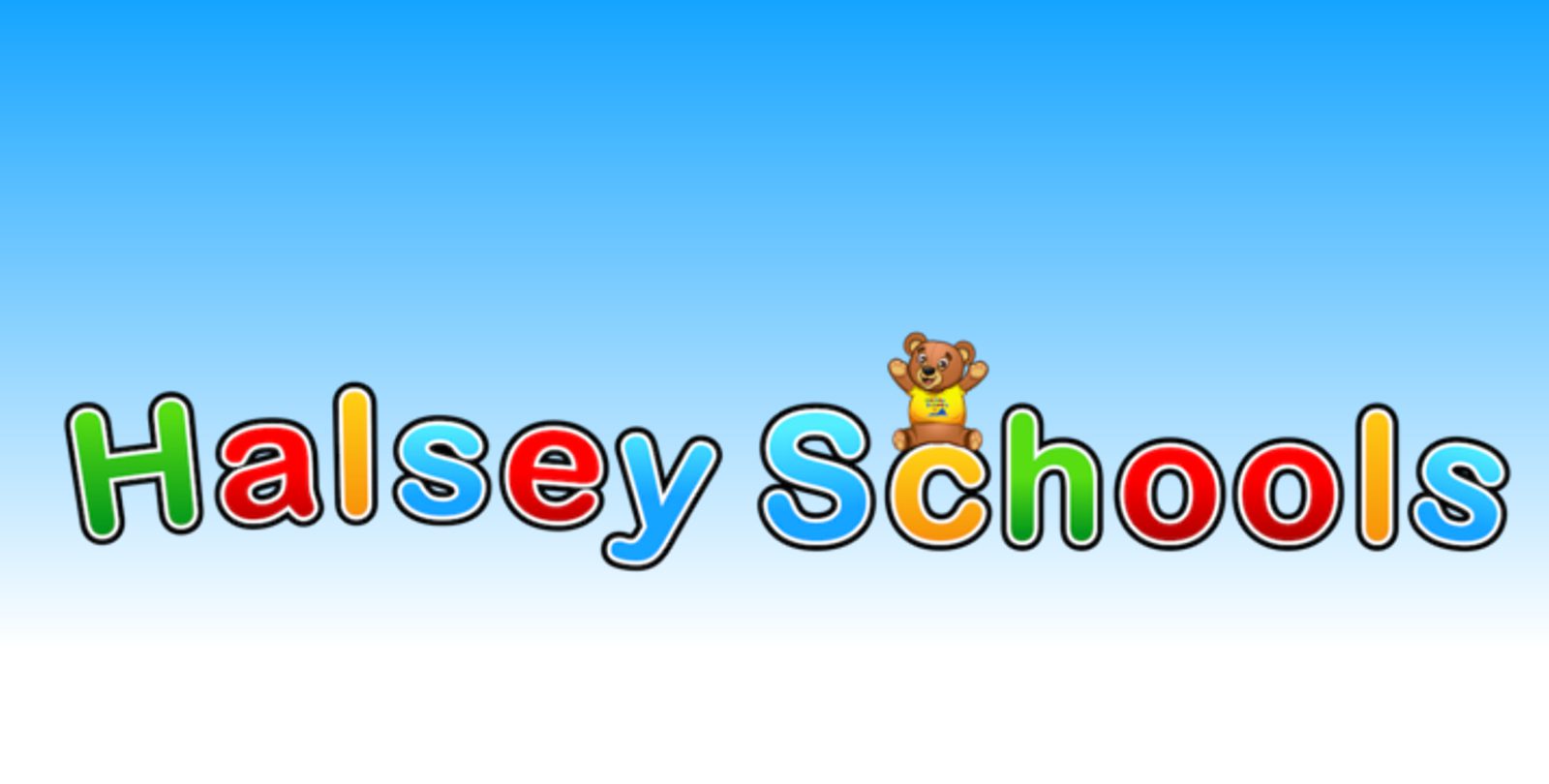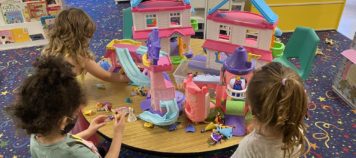Prepare your family for emergencies
September is National Emergency Preparedness month! Are you prepared? In Woodland Hills, California we need to be prepared for earthquakes, fires, mudslides and other emergencies. The best way to prepare is to have a plan and emergency kits and supplies at home, work and in your car.
Your Emergency Preparedness Plan
Your family may not be together when a disaster strikes so it is important to plan in advance: how you will get to a safe place; how you will contact one another; how you will get back together; and what you will do in different situations.
Here is a great plan from FEMA. Fill it out and keep it with your emergency kit or other safe place.
You should also inquire about emergency plans at places where your family spends time: work, school, faith organizations, sports events and commuting. If no plans exist, consider volunteering to help create one. You will be better prepared to safely reunite your family and loved ones during an emergency if you think ahead and communicate with others in advance. (Read about Halsey Schools Emergency plan here.)
Your Emergency / Disaster Survival Kit
A basic emergency supply kit could include the following FEMA recommended items:
- Water, one gallon of water per person per day for at least three days, for drinking and sanitation
- Food, at least a three-day supply of non-perishable food
- Non Emergency foods like baby formula, canned baby food, dry crackers, protein bars, etc.
- Battery-powered or hand crank radio and a NOAA Weather Radio with tone alert and extra batteries for both
- Flashlight and extra batteries
- First aid kit
- Whistle to signal for help
- Dust mask to help filter contaminated air and plastic sheeting and duct tape
- Moist towelettes, garbage bags and plastic ties for personal sanitation
- Tools, wrench or pliers to turn off utilities
- Manual can opener for food
- Local maps
- Cell phone with chargers, inverter or solar charger
Maintain your kit
- Keep canned food in a cool, dry place.
- Store boxed food in tightly closed plastic or metal containers to protect from pests and to extend its shelf life.
- Throw out any canned goods that become swollen, dented or corroded.
- Use foods before they go bad and replace them with fresh supplies.
- Place new items at the back of the storage area and older ones in the front.
- Change stored food and water supplies every six months. Be sure to write the date you store it on all containers.
- Re-think your needs every year and update your kit as your family’s needs change. In six months you may not need that formula or baby food anymore.
Keep items in airtight plastic bags and put your entire disaster supplies kits in one or two easy-to-carry containers, such as an unused trashcan, bucket, camping backpack or duffel bag.
Want more information and ideas? Visit Ready.gov.
More about me
- Are you using the right car seat? Is your child sitting in the safest spot? - May 15, 2017
- Rear facing car seat required - November 29, 2016
- Does this sound like your three year old? - August 9, 2016







